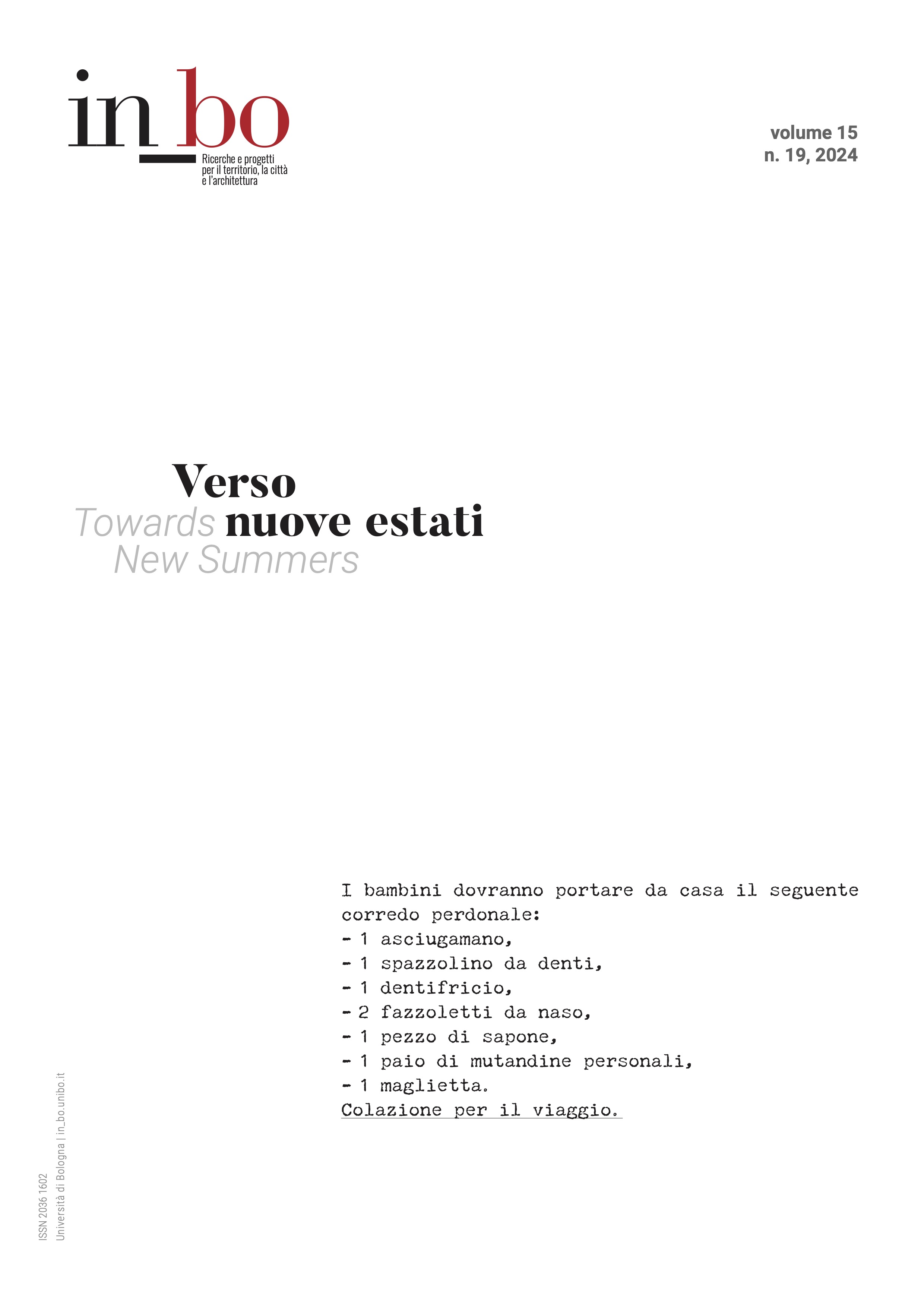Ambienti di cura: due villaggi per bambini nella Grecia del secondo dopoguerra
DOI:
https://doi.org/10.6092/issn.2036-1602/16531Parole chiave:
villaggi per bambini, progettazione architettonica, performance ambientale, salute, movimento modernoAbstract
L'architettura ha svolto un ruolo centrale nei programmi di assistenza all’infanzia sviluppati in Grecia nel corso del ventesimo secolo. Questo saggio analizza due esempi chiave del periodo tra le due guerre e del dopoguerra: il villaggio per bambini di Panos-Nikolis Djelepy a Voula, Atene (1933–34, 1936–39) e Paidopoli di Emmanuel Vourekas ad Agria, Volos (1955–58), entrambi influenzati dal rispettivo contesto politico, sociale e culturale. La ricerca analizza come i progetti abbiano contribuito alla creazione di una tipologia edilizia incentrata sulla questione centrale dell'ospitalità e della cura dei bambini e dei giovani. Viene presentata un'analisi critica comparativa dei due progetti, con particolare attenzione ai modi in cui essi hanno affrontato il rapporto tra edificio e contesto, interno ed esterno, natura e artificio, in linea con le terapie mediche prevalenti all'epoca, ponendo un'attenzione particolare alle questioni di performance ambientale.
Downloads
Pubblicato
Come citare
Fascicolo
Sezione
Licenza
Copyright (c) 2024 Stamatina Kousidi

Questo lavoro è fornito con la licenza Creative Commons Attribuzione - Non commerciale 4.0 Internazionale.




